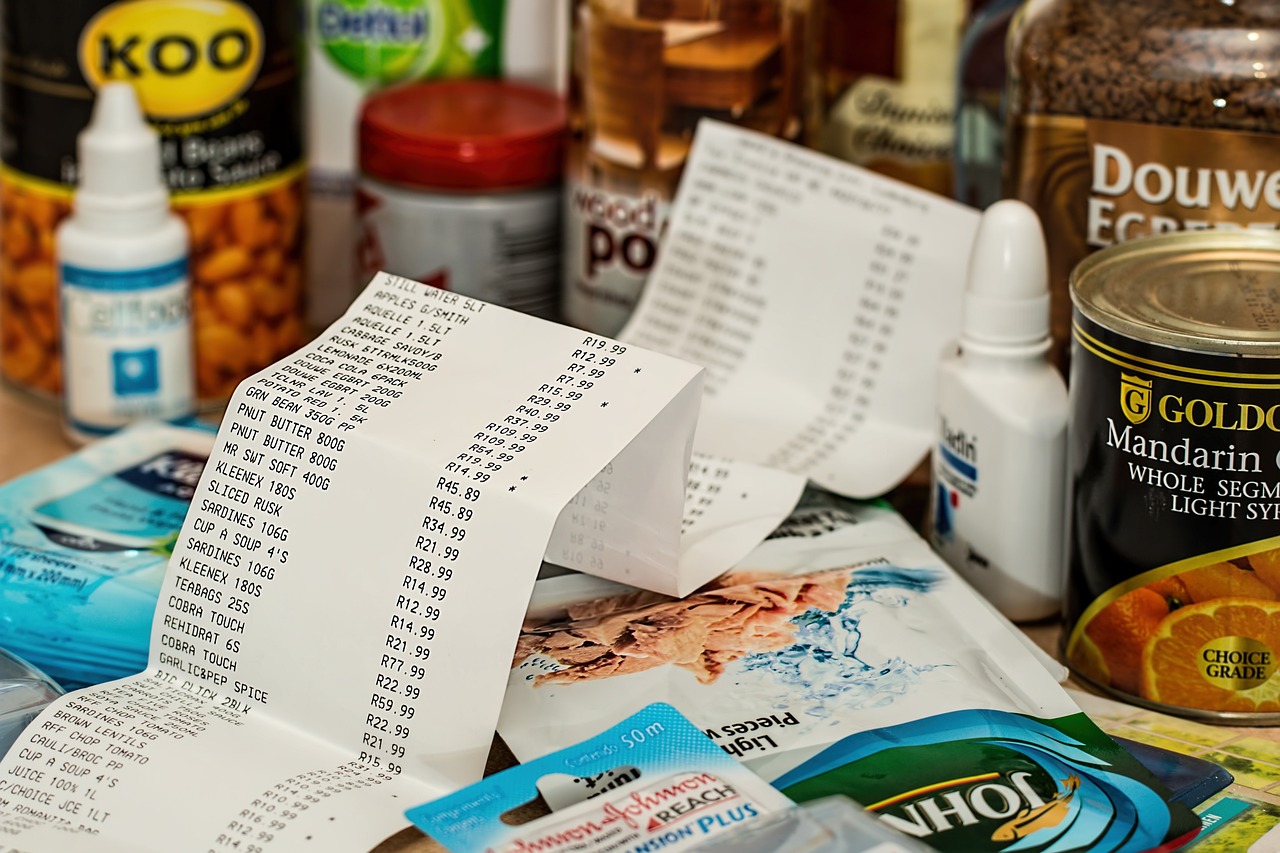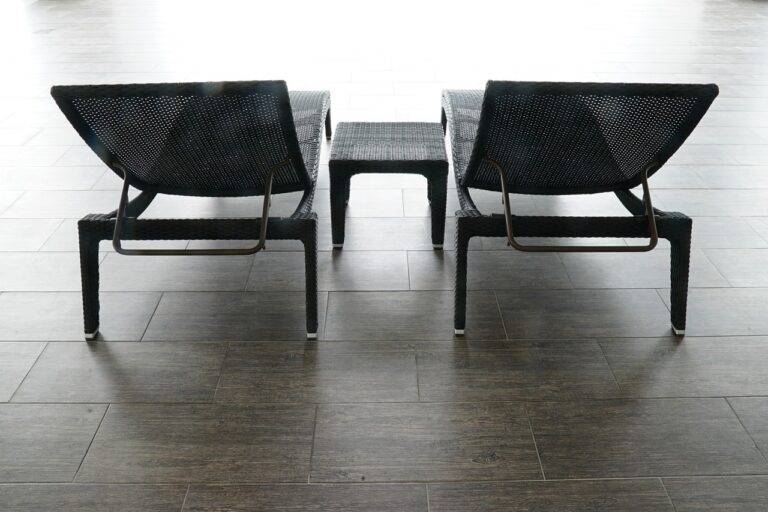The Role of Upcycling in Reducing Waste
Upcycling offers a multitude of advantages that extend beyond just being environmentally friendly. By repurposing old or discarded items, individuals can tap into their creativity and resourcefulness, giving these objects a new lease on life. This not only fosters a sense of accomplishment but also sparks innovation and encourages thinking outside the box.
Furthermore, upcycling can lead to significant cost savings for individuals and businesses alike. By reusing materials that would otherwise be thrown away, upcycling reduces the need for new production and consumption. This not only minimizes expenses associated with purchasing new goods but also helps in decreasing waste generation, making it a win-win situation for both the pocket and the planet.
Different Ways to Upcycle
One popular way to upcycle is by transforming old t-shirts into reusable tote bags. By cutting and sewing the fabric in a few simple steps, you can create a unique and eco-friendly alternative to plastic bags. This not only reduces waste but also gives new life to clothes that might otherwise end up in a landfill.
Another creative way to upcycle is by repurposing glass jars into storage containers. After cleaning the jars thoroughly, you can use them to store a variety of items such as spices, snacks, or even small craft supplies. Decorating the jars with paint or labels can add a personal touch to your upcycled storage solution.
Impact of Upcycling on the Environment
One of the key benefits of upcycling is its positive impact on the environment. By repurposing old or discarded materials into new products, upcycling helps reduce the amount of waste that ends up in landfills. This can significantly lower the environmental footprint of manufacturing processes, as upcycled items require less energy and resources to create compared to brand-new products.
Additionally, upcycling plays a crucial role in conserving natural resources. By reusing existing materials, upcycling helps decrease the demand for raw materials such as wood, metal, and plastics. This not only helps protect natural ecosystems from being overexploited but also reduces the environmental damage caused by extracting and processing raw materials. Overall, upcycling promotes a more sustainable approach to production and consumption, leading to a healthier planet for future generations.
• Upcycling reduces the amount of waste in landfills
• Upcycled items require less energy and resources to create
• Helps conserve natural resources such as wood, metal, and plastics
• Decreases the demand for raw materials
• Protects natural ecosystems from overexploitation
What are the benefits of upcycling?
Upcycling helps reduce waste, conserves natural resources, saves energy, and reduces greenhouse gas emissions. It also promotes creativity and innovative thinking.
How can I upcycle items in my own home?
There are many ways to upcycle items in your home, such as turning old t-shirts into reusable tote bags, using glass jars as storage containers, or repurposing old furniture with a fresh coat of paint.
How does upcycling impact the environment?
Upcycling reduces the amount of waste sent to landfills, conserves resources by extending the life of materials, and decreases the need for new products to be manufactured, which in turn reduces energy consumption and pollution.
Can upcycling help combat climate change?
Yes, upcycling can help combat climate change by reducing the carbon footprint associated with manufacturing new products and by diverting waste from landfills, which emit greenhouse gases as they decompose.
Is upcycling a sustainable practice?
Yes, upcycling is a sustainable practice because it promotes the reuse of materials, reduces the demand for new resources, and helps minimize environmental impact by keeping items out of the waste stream.







